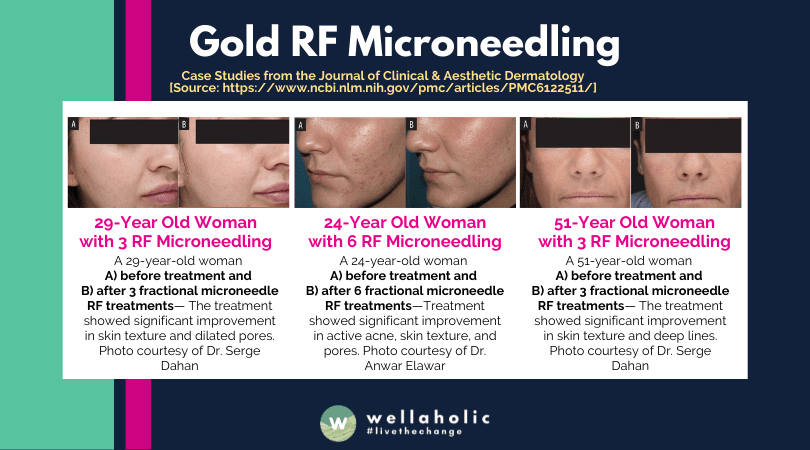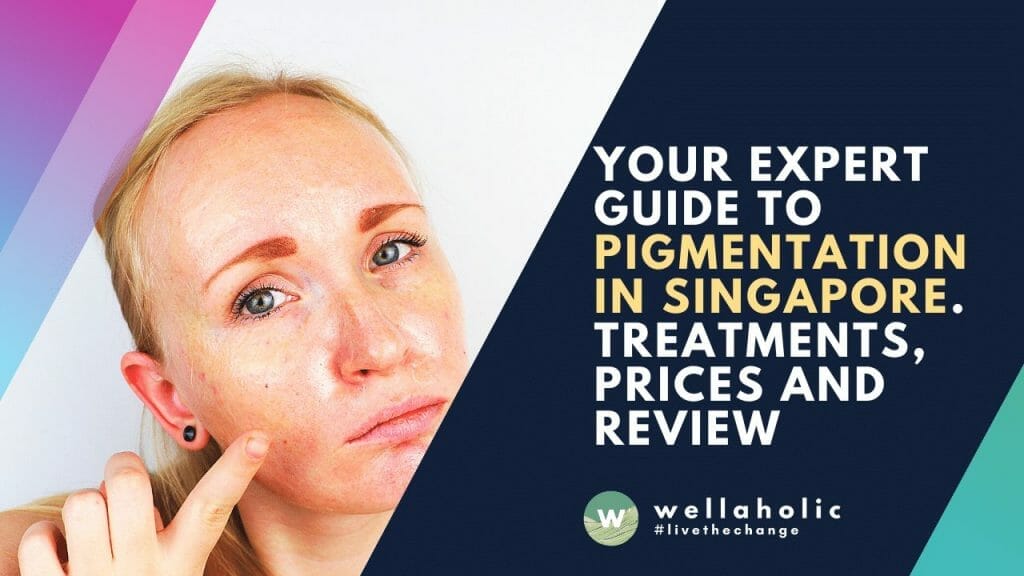
Your Expert Guide to Pigmentation in Singapore. Treatments, Prices and Review
Struggling with uneven skin tone? Singapore’s humid climate can worsen pigmentation issues. Discover effective treatments to restore your skin’s natural glow! ✨
Key Facts About Pigmentation 📊
80%
of Singaporeans experience some form of pigmentation by age 40
3-6
sessions typically needed for visible improvement
95%
of pigmentation is preventable with proper sun protection
$300-800
average cost per laser treatment session in Singapore
Top Treatments Available 🏥
- ● Pico Laser: Ultra-short pulses break down pigment without heat damage
- ● Chemical Peels: Removes damaged skin layers to reveal brighter skin
- ● IPL Therapy: Ideal for sunspots and freckles with minimal downtime
- ● Medical Skincare: Prescription-strength products with tyrosinase inhibitors
Treatment Price Guide 💰
Essential Aftercare Tips 🌟
- ● Apply broad-spectrum SPF 50+ sunscreen daily
- ● Avoid direct sun exposure for at least 2 weeks post-treatment
- ● Use prescribed brightening products consistently
- ● Stay hydrated and maintain a healthy diet
Take the first step toward clearer, more radiant skin!
Your Expert Guide to Pigmentation in Singapore
Have you ever looked in the mirror and noticed dark spots or uneven skin tone?
You’re not alone. As aesthetic professionals in Singapore, we see many customers at Wellaholic struggling with pigmentation issues. But what causes these spots, and more importantly, how can you treat them?
In this guide, we’ll share our expertise on pigmentation treatments available in Singapore. We’ll break down the different types of treatments, their costs, and what results you can expect. Our goal is to help you understand your options and make an informed decision about your skin care.
Whether you’re dealing with sun damage, melasma, or age spots, we’ve got you covered. Let’s dive into the world of pigmentation treatments and discover how you can achieve clearer, more even-toned skin.
The table below shows the various facial concerns as well as the recommended facial treatments to address these concerns:
| Facial Concern | Recommended Facial Treatments |
|---|---|
| Fine Lines and Wrinkles | CO2 Laser Facial, RF Microneedling, Microneedling, Chemical Peels, LED Light Therapy |
| Acne and Acne Scars | Microneedling, Chemical Peels, LED Light Therapy, Blue Light Therapy |
| Dark Spots and Pigmentation | Chemical Peels, Microdermabrasion, Laser Skin Resurfacing, IPL Therapy, LED Light Therapy |
| Dull and Uneven Skin Tone | Microdermabrasion, Chemical Peels, Laser Skin Resurfacing, LED Light Therapy |
| Dry Skin and Dehydration | Hydrating Facials, Oxygen Facials, Dermaplaning, Microneedling |
| Puffy Eyes and Dark Circles | Under Eye Treatments, Lymphatic Drainage Facials, LED Light Therapy |
| Enlarged Pores | Chemical Peels, Microdermabrasion, Laser Skin Resurfacing, Dermaplaning, Microneedling |
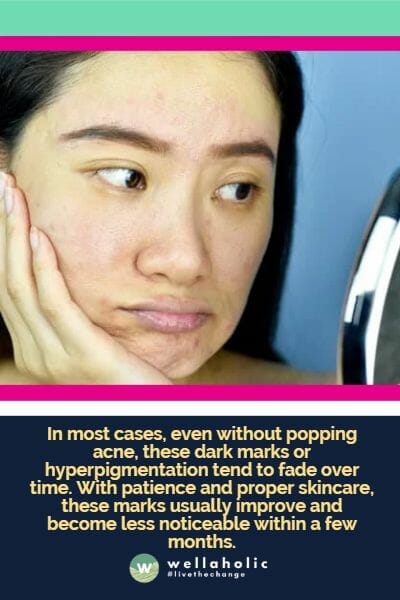
Question: How is pigmentation formed?
The pigment known as melanin is responsible for the colour of your skin, hair and eyes. Depending on genetics, melanin produced by your body may occur in various shades. Pigmentation refers to the hue of the hair, skin, and eyes as melanin is a substance that produces pigmentation. Based on your genes, all the shades of melanin produced are influenced by pigment genes.
Melanin is a pigment produced after dopamine. It can be influenced by factors like sun exposure, ageing, or hormonal issues, and varies between individuals. Pigmentation is a common type of colouration caused by certain skin conditions. If you think you may be ill, you can simply contact your doctor.
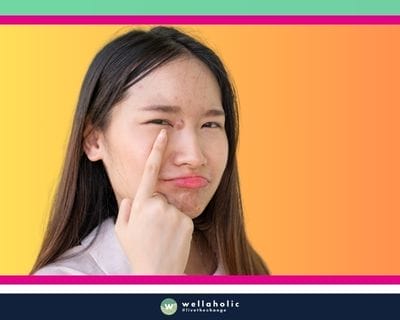
Question: What about Acne Scars?
Acne scars are a common side effect of acne. Acne affects hair follicles and oil glands under the skin, not just the skin itself. When these become clogged, pimples form.
Acne can cause scarring because of the way it damages the skin. Pimples form when the follicle wall ruptures, spilling oil and dead skin cells into the surrounding area. This can irritate and inflame the skin, causing redness and swelling. If left untreated, this can lead to permanent scarring.
There are several different types of acne scars, including hypertrophic scars, atrophic scars, and keloid scars. Hypertrophic scars are caused by excessive collagen production in the area around the wound. They are raised bumps on the skin that can be red or purple.
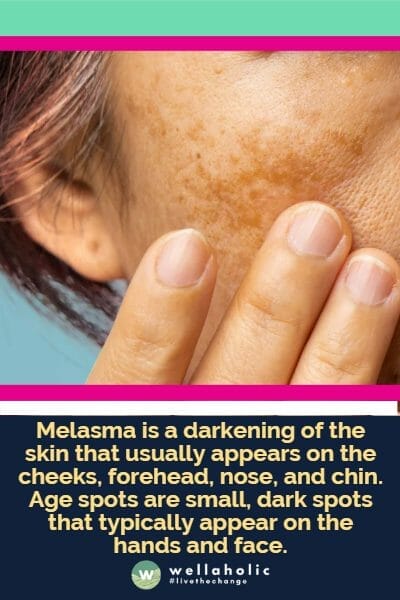
Question: What about Melasma?
Melasma is a common skin condition that causes brown patches on the face. It is often called the “mask of pregnancy” because it is more common in pregnant women, but it can occur in anyone. Melasma is caused by an increase in pigmentation, and it can be treated with topical creams or lasers.
Singapore Has a High Incidence of Melasma
Singapore has a high incidence of melasma, and many patients seek treatment for the condition. Topical creams are usually the first line of treatment, and they can be effective in reducing the appearance of melasma. Lasers are effective in treating melasma, especially when other treatments don’t work.
Question: What about Age Spots?
Melasma and age spots are two of the most common skin conditions that affect the face. Melasma is a darkening of the skin that usually appears on the cheeks, forehead, nose, and chin. Age spots are small, dark spots that typically appear on the hands and face.
Both conditions are caused by a combination of genetic and environmental factors. Exposure to the sun is the biggest contributor to both melasma and age spots. Other contributing factors include hormones, certain medications, and exposure to chemicals.
Both conditions have no cure, but there are treatments that can improve the look of the skin.
Sun protection is essential for both conditions, and it’s important to seek treatment from a dermatologist if you have melasma or age spots.
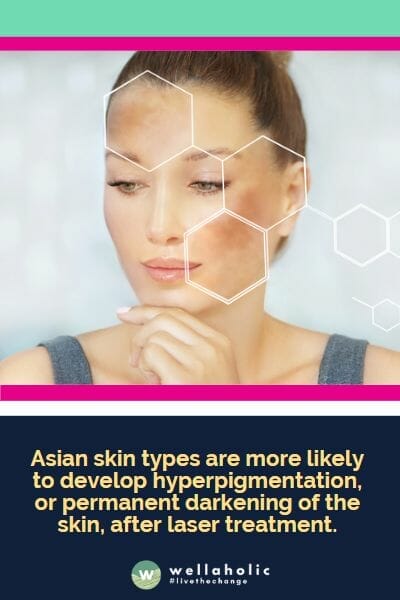
Question: What about Freckles?
A face is often described as being beautiful if it is symmetrical and has no blemishes. However, many people consider freckles to be a cute imperfection. In fact, some people find them so attractive that they seek out partners with freckles.
Freckles are small brown spots that can appear anywhere on the skin, but they are most commonly found on the face and arms. They are caused by an overproduction of melanin, which is the pigment that gives skin its colour. Freckles usually fade in the winter and reappear in the summer, but they can also fade with age.
Some people choose to remove their freckles because they consider them unattractive or aging. There is no medical necessity to do so though.
Question: What are the Types of pigmentation treatments in Singapore?
Skin treatment has greatly improved in recent years, so there are many ways to fix your tan, regardless of its intensity. Your pigmentation can now be dealt with through the advancement of dermatology. There are methods that help you treat skin conditions, regardless of where they may be on the spectrum.
Singapore offers different treatments for pigmentation, including creams, ointments, and laser treatments. The right treatment depends on the type and severity of the pigmentation.
One common type of pigmentation treatment is topicals, which are applied directly onto the skin. They often have active ingredients like hydroquinone or retinol to reduce discoloration and improve skin texture and tone.
Other topical treatments may also include sunblock creams to protect against further damage from UV rays.

Answer: Possible Home Remedies to Treat Pigmentation
Home remedies can be helpful for lightening the skin and reducing pigmentation, especially for milder cases. Studies indicate that apple cider vinegar can lighten dark spots due to its acetic acid content, which acts as a mild chemical peel.
Here are some home remedies that may help to reduce pigmentation:
- Lemon juice: Lemon juice contains citric acid, which has natural bleaching properties that can help to lighten pigmentation. Apply freshly squeezed lemon juice to the affected area and leave it on for about 15-20 minutes before washing it off.
- Aloe vera: Aloe vera contains aloesin, which is known to inhibit melanin production. Apply fresh aloe vera gel to the affected area for 30 minutes and then wash it off.
- Turmeric: Turmeric contains curcumin, which has been shown to reduce melanin production. Mix turmeric with milk or water to form a paste and apply it to the affected area. Leave it on for about 15-20 minutes before washing it off.
- Potato juice: Potato juice contains an enzyme called catechols, which is known to lighten pigmentation. Apply freshly squeezed potato juice to the affected area and leave it on for about 15-20 minutes before washing it off.
- Honey: Honey has natural skin lightening properties and can help to reduce pigmentation. Apply raw honey to the affected area and leave it on for about 15-20 minutes before washing it off.

Conclusion: Understanding and Addressing Pigmentation at Wellaholic
In our personal experience with customers at Wellaholic, we have observed a few interesting points about pigmentation treatment. Many clients come in feeling frustrated after trying various over-the-counter products with little to no success. They are often surprised to learn that effective pigmentation treatment is not a one-size-fits-all solution. Our approach is to personalize treatments based on individual skin types and conditions. This customization is key to achieving noticeable results.
For example, we often start with a detailed skin analysis to understand the underlying causes of pigmentation. Factors like sun exposure, hormonal changes, and genetic predisposition all play a role. From there, we might recommend a combination of treatments such as chemical peels, laser therapy, or microneedling. Our team’s extensive experience allows us to tailor these treatments to maximize effectiveness while minimizing downtime. By staying up-to-date with the latest advancements in skincare, we can provide our clients with the best possible outcomes.
Frequently Asked Questions (FAQ)
What causes skin pigmentation?
Skin pigmentation can be caused by various factors such as sun exposure, hormonal changes, ageing, and genetic predisposition. It results from an overproduction of melanin, the pigment responsible for the colour of your skin, hair, and eyes.
Can skin pigmentation be prevented?
I believe skin pigmentation can be prevented to a great extent. Use sunscreen daily, even when indoors, as UV rays penetrate glass. Avoid excessive sun exposure, especially during peak hours. Follow a consistent skincare routine with antioxidants and pigment-inhibiting ingredients. Check your skin regularly for changes and manage any underlying conditions that may trigger pigmentation. With proper care and protection, you can minimize the risk of developing dark spots and uneven skin tone.
How effective are facial treatments for skin pigmentation?
Facial treatments, when done professionally, can be very effective in treating skin pigmentation. Treatments such as chemical peels, laser treatments, and microdermabrasion can help reduce the appearance of pigmentation. Always consult with a skin care specialist to choose the most suitable treatment for your skin type and condition.
Are pigmentation treatments in Singapore expensive?
As the Aesthetic Director at Wellaholic with over a decade of experience, I understand the concern about pigmentation treatment costs in Singapore. The truth is, prices can vary significantly depending on factors like the clinic, technology used, and number of sessions required. Generally, laser treatments start from a few hundred dollars per session. While it’s an investment, proper pigmentation treatment delivers long-lasting results and boosts confidence – something I believe is priceless. At Wellaholic, we offer affordable treatment packages to make quality care accessible.
How long does it take to see results from pigmentation treatments?
As the Aesthetic Director at Wellaholic, I understand your eagerness to see results from pigmentation treatments. The timeline varies based on the treatment type and your skin’s condition. For laser treatments, you’ll notice gradual fading over several weeks as the pigment rises to the surface and sheds off. Chemical peels may show improvement within a week as the skin renews itself. With topical creams, it can take a few months of consistent use before seeing a more even complexion. Patience is key – stick to your treatment plan, and you’ll achieve that radiant, uniform glow.

Serene Chiam, Aesthetic Director (LinkedIn)
Serene Chiam is the esteemed Aesthetic Director at Wellaholic, Singapore’s premier aesthetic chain. With over a decade of experience in the aesthetics industry, including her previous role as a Clinical Aesthetics Manager at Laser Clinics Australia, Serene is a highly skilled and knowledgeable professional. She holds a CIDESCO certificate in skincare and a Bachelor of Health Science (Aesthetics) from Torrens University of Australia, which have equipped her with the expertise to provide cutting-edge treatments for sunspots, age spots, and other skin imperfections. Serene’s dedication to continuous learning and staying at the forefront of aesthetic technology ensures that Wellaholic’s clients receive the most effective and safe treatments for their skincare needs. Her passion for helping others achieve healthy, glowing skin has made her an invaluable asset to the Wellaholic team.
Contact Serene at [email protected]
GET IN TOUCH
Book Now Pay Later

Gold RF Microneedling Facial
- ⭐ Uses Up to 64 Micro Needles. Gold RF Microneedling: Ultimate anti-aging treatment with 64 needles to penetrate the skin, release RF energy, and trigger collagen and elastin production for a clearer complexion and firmer skin
- ⭐ Safe and Minimally Invasive. Gold RF Microneedling is a safe, minimally invasive.
- ⭐ Effectively Treats Acne Scars, Pigmentation & Wrinkles. Extremely effective aesthetic treatment for treating acne scars, pigmentation, fine lines and wrinkles.
- ⭐ Stimulates Collagen Growth. Gold RF Microneedling stimulates collagen and elastin for new, youthful-looking skin.
- ⭐ Award-Winning. Wellaholic’s treatments have been recognized by top beauty publications such as Daily Vanity, Beauty Insider, and Tropika Club Magazine.
- ⭐ Over 2000 Verified Customer Reviews. Wellaholic has over 30 industry awards and over 2000 positive reviews from customers, and >50% are repeat customers.
